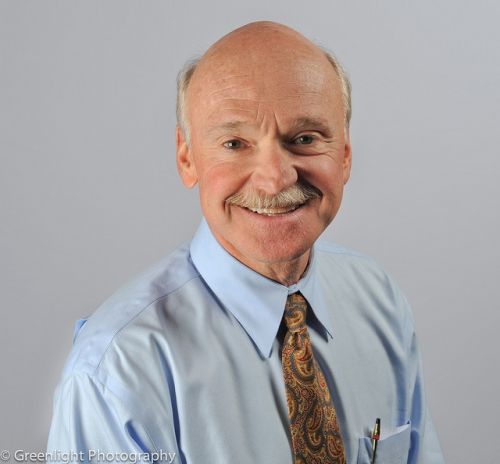Editor's note: A version of this article appeared in the January issue of BRAIN.
BOULDER, Colo. (BRAIN) — Andy Pruitt has been considered one of the leading experts globally on the biomechanics of cycling for decades. Now Pruitt, who was deeply involved in Specialized’s Body Geometry program, is moving on from the Morgan Hill, California, company.
Pruitt retired from clinical work at the Boulder Center for Sports Medicine, which he founded, in 2015. Now the transition from Specialized gave BRAIN an opportunity to chat about his work and progress in bike fit and touch-point products.
BRAIN: How did you get started down the bike fit path?
Pruitt: I came to Boulder in 1973 to work at the University of Colorado in sideline medicine. The stampede to endurance sports started by Frank Shorter was just beginning. We’d open up the back door where we treated the football players and take care of local athletes like Connie Carpenter, Davis Phinney and Spider Sabich. The first medical bike fit I ever did was on Connie in the late ‘70s; she was having knee pain. We had a football player hold her up as she back-pedaled. There was only so much we could do with leather shoes, toeclips and no arch support. From there, it was a serendipitous combination of being in the right place at the right time. Ron Kiefel was one of the first 3D subjects in 1986 or ‘87. He got us started studying tibial rotation and the effects of arch support.
BRAIN: When did your relationship with Specialized begin, and what were the first few initiatives you worked on?
Pruitt: Roger Minkow had developed the first saddle to improve penile blood flow, and he and Mike Sinyard were looking to create better products for other touch points. We met with Eric Edgecombe and Mike at Interbike in 1999 and we moved ahead by the end of the year to develop Body Geometry shoes together. Developing a fit system was the next priority. What really distinguished our approach was focus on the pre-fit assessment and attention to the Z plane [hip-knee-foot alignment]. In 2012, Mike asked, “Should we buy Retul?” I had worked with (Retul founder) Todd Carver and knew it was a great tool so we moved forward with it. Retul makes the beginner fitter better quicker, and the experienced fitter can see things and document things better.
BRAIN: As far as Body Geometry, what are you most proud of or feel has had the biggest impact?
Pruitt: The shoes have been a huge success with hundreds of thousands of pairs sold. The combination of a proper fit and Body Geometry shoes has reduced the need for knee surgeries among cyclists nearly to zero. When we started thinking about improving saddles, we started doing pressure mapping and measuring ischial tuberosity spacing. We quickly discovered that most of the saddles on the market were too narrow and we needed a broader range of widths. The industry has followed suit and now saddle comfort and overuse injuries are much less of an issue. The combination of bike fit and better products has made a lot of cyclists happier and healthier, how could I not be proud of the part I played in that?
BRAIN: Has bike fitting become a mature process? Do you still see room for improvement, if so, where?
Pruitt: Yes, there’s certainly room. I leave behind a couple of patentable projects in development, one tech advancement to help cyclists accurately choose or even customize saddles. At the other end of the spectrum, we need to get back to creating the elite fitter. There are many groups certifying fitters and so much branding going on. Trek has their school, we have ours, all these branded segments need to come together to combine all the technology. I don’t see that happening anytime soon. If I were to get back in, it would be to help create elite fitters. There are a lot of wannabes out there because there are no standards of certification. There are 100 people in the world I would consider an elite bike fitter. There are 10,000 elite orthopedic surgeons. Bike fit hasn’t fully matured; we lack the continuing education and collegiality we need to get better.


